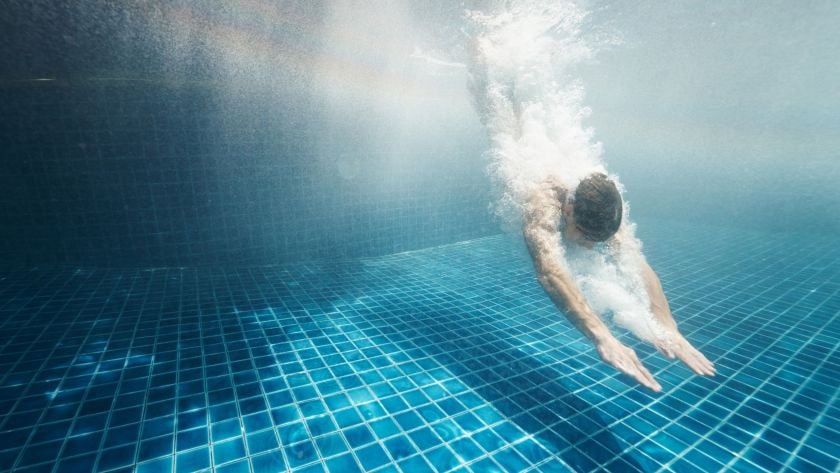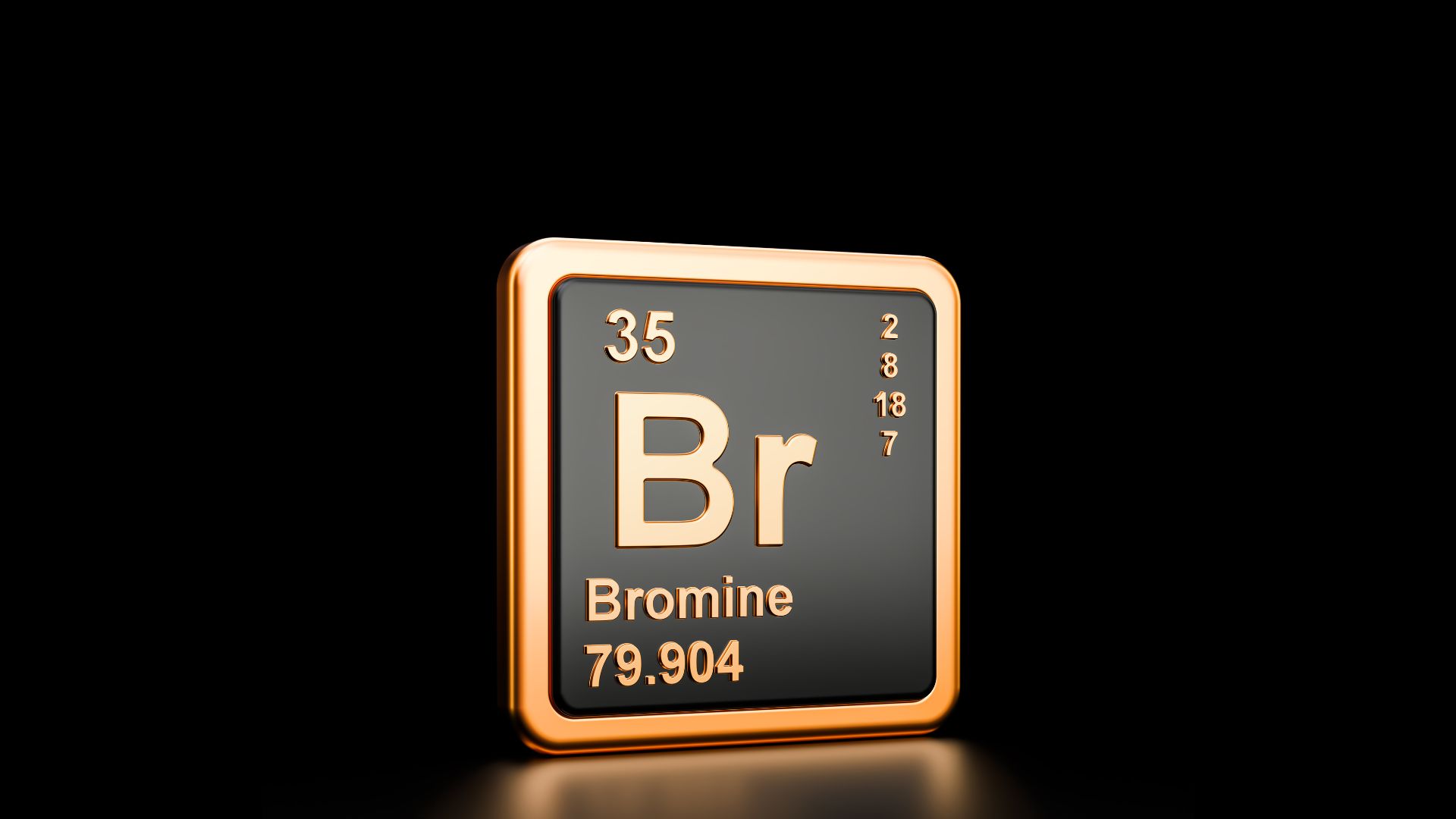Pool Water Chemistry Resources
To truly understand the indoor air quality problem, we need to understand the different components that are involved. This is a brief overview of the water side of the equation. We have a section for Pool Air, as well as Natatorium Design and Natatorium Operations.
Sure, the chemistry that creates chloramines and other harmful disinfection byproducts (DBPs) occurs in the pool water. There are many chemical topics to discuss, as well as circulation, filtration, and specialty equipment, such as secondary pool sanitization systems like UV. Consider this overview an index for you to easily find the information you are looking for. It could be articles written here at Chloramine Consulting, or they can be hyperlinks third-party resources that we cite.
Pool Water Chemistry
Believe it or not, pool operators are usually not to blame for indoor air quality problems. They are limited by their equipment, circulation, and the reality of water chemistry. Their bather loads consist of people who make their own decisions...like whether or not to urinate in the pool, or to take a shower before getting in the water. Pool operators are also faced with the culture of competitive swimming. For example, it's very difficult for competitive swimmers to get out for a pee break, or to get out of their racing suits just to pee.
All that being said, operators cannot do it all, and can not be expected to have no chloramines (nitrogen trichloride) or other DBPs off-gas into the natatorium. It's not only unrealistic, it's impossible. Once these harmful byproducts go airborne, water chemistry becomes irrelevant.
Here are some articles you can read more about water, water management, water chemistry, and everything about the pool itself and its equipment. These are NOT focused on mechanical engineering, airflow patterns, exhaust strategies like source-capture, or anything else. Just water. Enjoy:
Published by Chloramine Consulting:
- Pool Water Chemistry, Part 1: Pool Sanitization
- Pool Water Chemistry, Part 2: Combined Chlorine
- Comparing Swimming Pool Filters
- How to Reduce Combined Chlorine
- Comparing the Best Secondary Sanitization and Disinfection Systems
- Medium Pressure UV vs. Low Pressure UV for indoor swimming pools
- Ozone for Swimming Pools
- Should Swimmers Shower Before Swimming?
- Pee in Pools
- Ways to Optimize Chlorine Disinfection against Coronavirus
- Swimming Pool Automation Controllers
- 5 Misunderstandings about Swimming Pool pH
- Chloramine vs. Chlorine
- Ways to reduce chlorine demand
- Chlorine vs. Bromine in Pools
Outside resources:
- What is a Chloramine? A Simplified Pool Lesson - Next Generation Water Science
- Combined Chlorine, Chloramines and Ammonia - Next Generation Water Science
- ORP vs. Free Chlorine: Which is More Important? - Natural Pool Products
- Understanding Nitrates and Nitrites - Orenda Technologies
- Breakpoint Chlorination and Shocking, Explained - Orenda Technologies
- Swimmers Pee in the Pool: Accept it and Act Accordingly - Orenda Technologies
- What are Chloramines? - Orenda Technologies
- Understanding the "Pool Smell" - American Chemistry Council
- Volatile DBP Formation Resulting from Chlorination of Organic-Nitrogen Precursors in Swimming Pools - Environmental Science and Technology

 By
By


